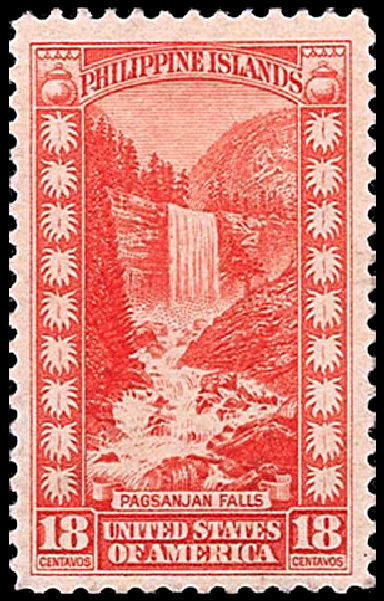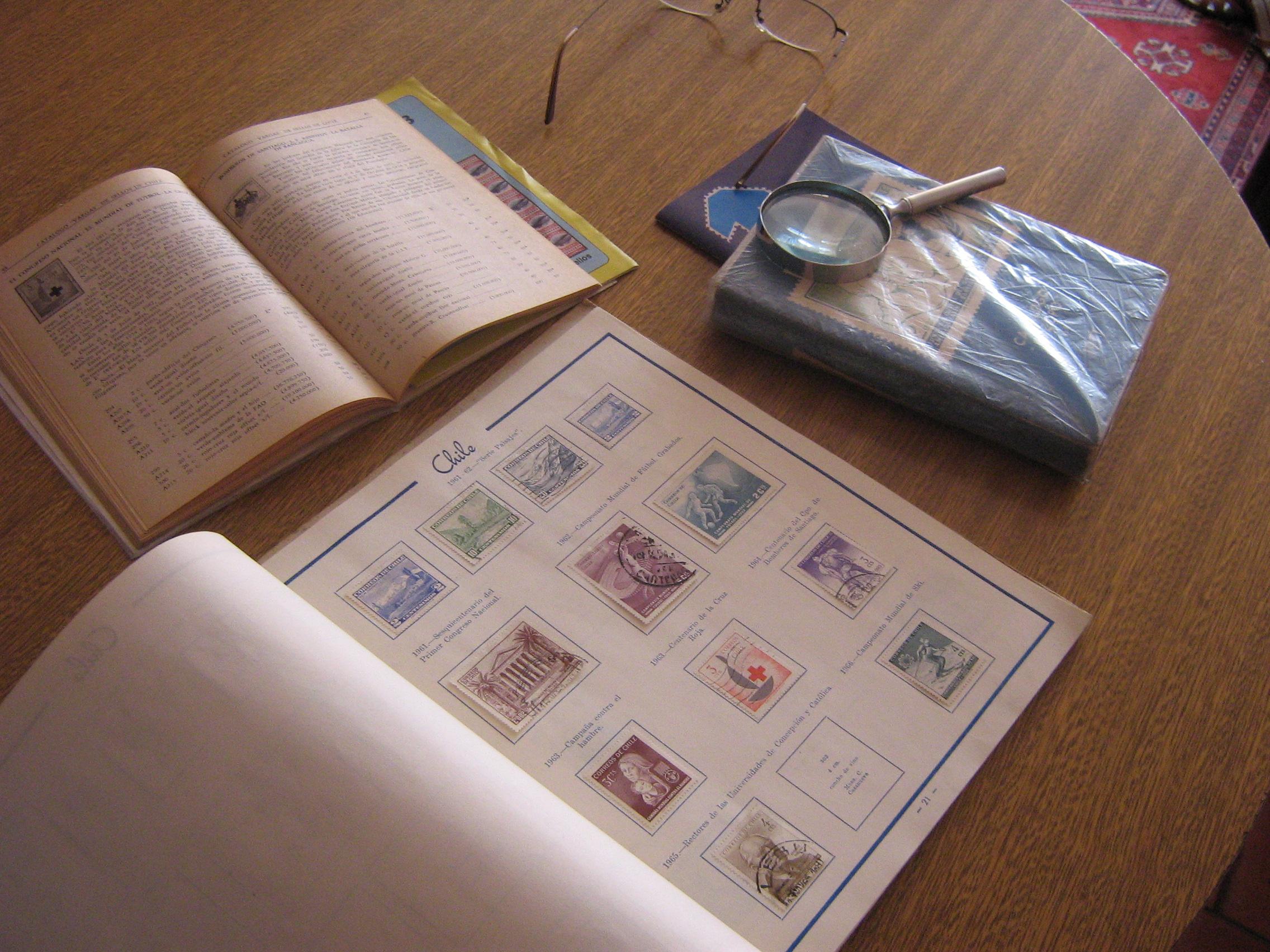QUEZON City, Philippines (January 13) – Do you know what philately is? It is a hobby that owes much to the postmen. It is the term for studying and collecting stamps and was coined by Georges Herpin in 1865. The term derived from the Ancient Greek φιλο (philo), meaning “love of” and ἀτέλεια (atelīa), meaning “without tax.”
Before, postmen have to chase the recipient for payment of their letter but people developed certain codes written outside the envelope so they can cheat the postal services and refuse to accept and pay for the mail. Postal reformer Rowland Hill established a flat fee system – 1 penny for a letter anywhere in the United Kingdom. In this system, the sender had to pay for the letter so postmen don’t have to chase the recipient. Hill provided pre-printed envelopes but people don’t want to spend extra penny for it. Someone suggested the idea of an adhesive then the stamps came along.
 A postage stamp is a small piece of paper that is purchased and displayed on the upper right of mail as evidence of payment of postage. The National Postal Museum in London explained that the location of stamps was based on a statistics that 80 percent of London’s male’s population was right handed. It was said that this would help them in postmarking.
A postage stamp is a small piece of paper that is purchased and displayed on the upper right of mail as evidence of payment of postage. The National Postal Museum in London explained that the location of stamps was based on a statistics that 80 percent of London’s male’s population was right handed. It was said that this would help them in postmarking.
Stamps represent images of kings and queens, political leaders, heroes, icons, scenery and even events. It is made to honor individual for their great action and to commemorate certain events that people should remember. The first stamp was the Penny Black with the image of Queen Victoria. It was issued in May 1837 and was used until the Queen’s death in 1901. The Penny Black was the only postage stamp that does not show country or origin because the monarch’s image represents the United Kingdom.
Before chat, text messages and e-mails, people exchange letters and postage stamps were extraordinary. Bhutanese national anthem could be played in the stamps issued by Bhutan in 1973. In, 1992, when USA issued an Elvis Presley stamp to commemorate his 58th birthday, 124.1 million stamps was sold. Belgium produced stamps that tasted and smelt of chocolates in 2013. Lastly, in 1841, a lady placed an ad in a newspaper with a wish to decorate the walls of her dressing room with penny black stamps. Today a piece of that decorative paper is around $5 million. Philately started at the same year but was not given a term until 1865.
According to Philippine Postal Corporation website, “philately or stamp collecting is considered the world’s most fascinating hobby.” Since stamps represent people, places and events, therefore, they represent history. Every single issued stamp has a story to tell of what is on it. Some collectors enjoy this hobby because they are mentally challenged in collecting, classifying and studying. Others use philately for investment. How? It may be unpractical to put your money to something that doesn’t make you that rich but at least, they rise value over time — 6.5% — overnight, according to Allan Sloan, senior editor-at-large, for Fortune.

Imagine how a piece of paper can tell a story about the history, country or bring honor. A piece of paper can make you remember, teach and make money.
References:
http://www.smithsonianmag.com/arts-culture/the-story-of-the-first-postage-stamp-14931961/#HxoIOuEGjHLPSz9T.99
https://en.wikipedia.org/wiki/Postage_stamp
http://www.shabait.com/about-eritrea/art-a-sport/16557-stamps-and-their-significance-in-history
http://www.fwpl.org/ssswcs.htm
http://fortune.com/2014/01/31/forever-stamps-an-investment-that-cant-be-licked/
http://www.express.co.uk/life-style/top10facts/575077/Top-facts-about-stamps
https://sites.google.com/site/knowledgejunkies/home/random/5-facts-about-postage-stamps
(written by Karen Llacuna, edited by Jay Paul Carlos, additional research by Lovely Ann Cruz)








